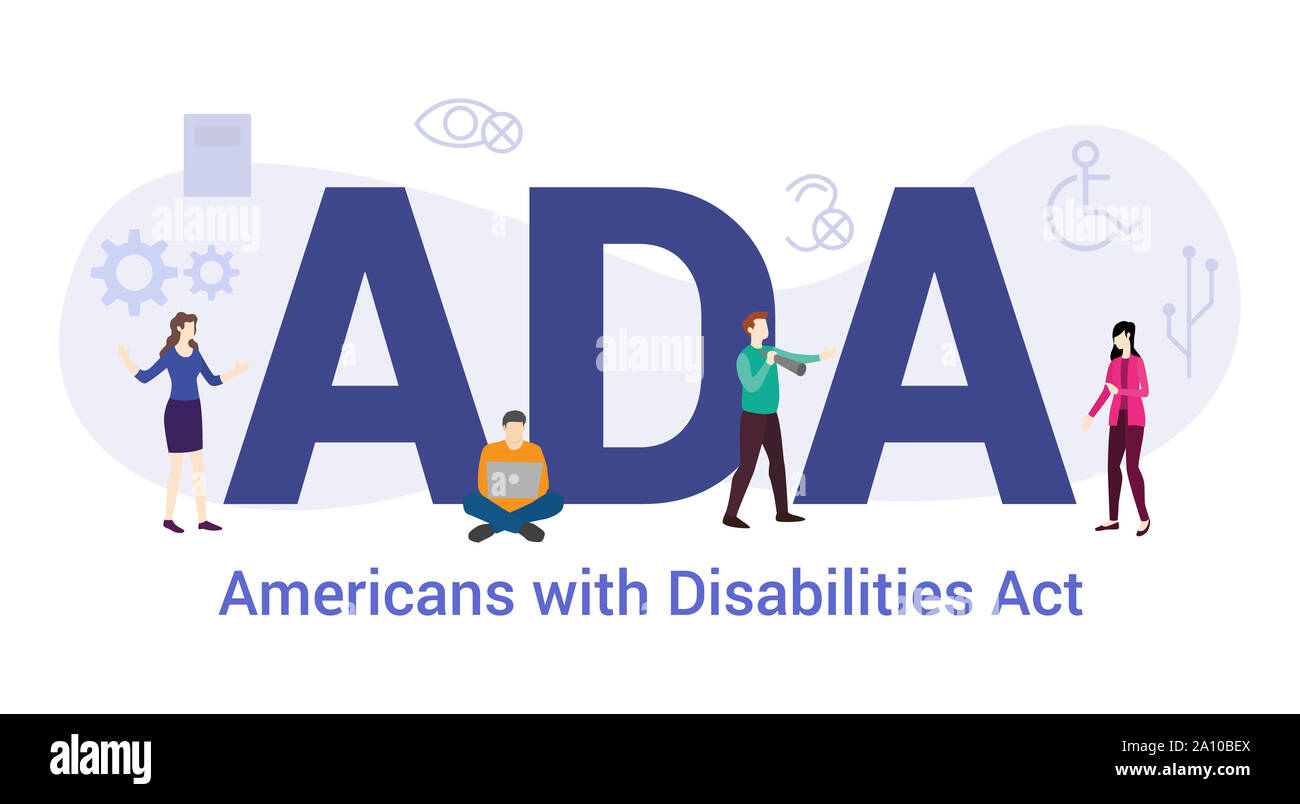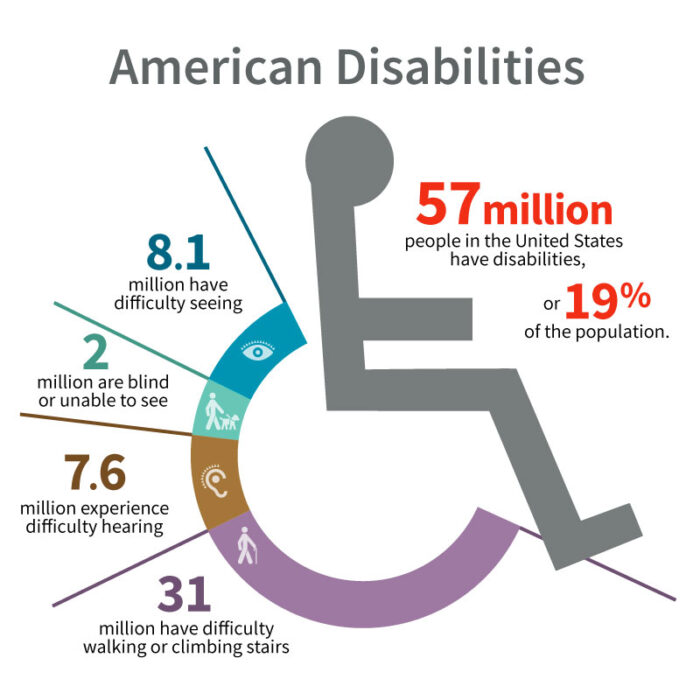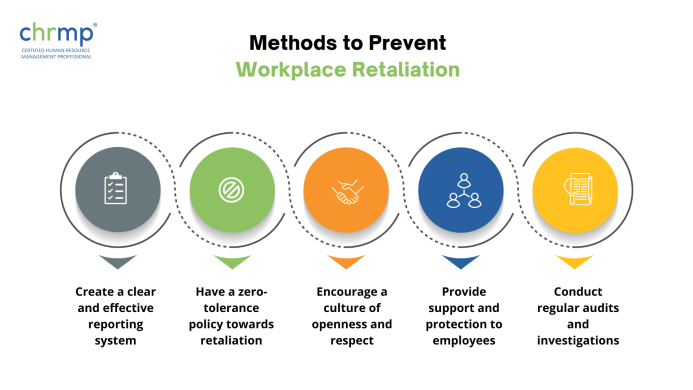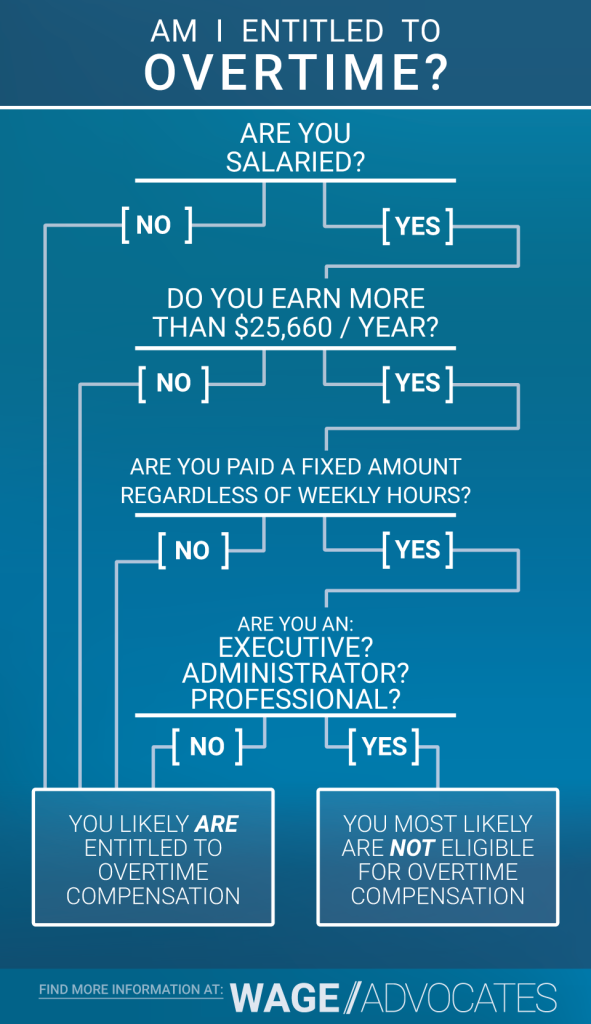
Navigating the ADA in the Workplace: A Beginner’s Guide to the Americans with Disabilities Act
The workplace should be a place of opportunity for everyone. The Americans with Disabilities Act (ADA) is a landmark civil rights law designed to ensure that people with disabilities have the same rights and opportunities as everyone else, especially when it comes to employment.
If you’re an employee with a disability, or an employer looking to understand your responsibilities, the ADA can seem complex. But don’t worry! This comprehensive guide will break down the essentials of the ADA in the workplace, making it easy for beginners to understand.
What is the Americans with Disabilities Act (ADA)?
At its core, the Americans with Disabilities Act (ADA) is a federal law that prohibits discrimination against individuals with disabilities in all areas of public life, including jobs, schools, transportation, and all public and private places that are open to the general public.
Signed into law in 1990 and later amended in 2008 (ADAAA), the ADA ensures that people with disabilities have equal opportunities, especially when it comes to finding and keeping a job.
Key takeaway: The ADA isn’t just about ramps and accessible bathrooms; it’s fundamentally about equal opportunity and fair treatment for individuals with disabilities in the workplace.
Who Does the ADA Apply To?
When it comes to employment, the ADA applies to:
- Private Employers: Those with 15 or more employees.
- State and Local Governments: Regardless of the number of employees.
- Employment Agencies.
- Labor Organizations (Unions).
- Joint Labor-Management Committees.
If an employer has fewer than 15 employees, they might still be covered by state or local disability discrimination laws, which can sometimes have broader coverage.
Defining "Disability" Under the ADA
This is one of the most crucial parts of understanding the ADA. The definition of "disability" under the ADA is broad and designed to cover a wide range of conditions. An individual has a disability if they meet any one of the following three criteria:
-
A physical or mental impairment that substantially limits one or more major life activities.
- Physical impairments: Examples include conditions affecting the musculoskeletal, neurological, cardiovascular, or digestive systems. Think conditions like epilepsy, diabetes, cancer, multiple sclerosis, or chronic back conditions.
- Mental impairments: Examples include conditions like depression, anxiety disorders, PTSD, bipolar disorder, or intellectual disabilities.
- Major Life Activities: This is a broad term that includes things like walking, seeing, hearing, speaking, breathing, learning, performing manual tasks, caring for oneself, eating, sleeping, lifting, bending, standing, concentrating, thinking, communicating, and working. It also includes the operation of major bodily functions (e.g., immune system, digestive, neurological, circulatory, endocrine, and reproductive functions).
-
A record of such an impairment.
- This means someone who had a disability in the past (e.g., someone who is in remission from cancer) is still protected from discrimination based on that history.
-
Being regarded as having such an impairment.
- This protects individuals who might not actually have a disability but are treated by an employer as if they do (e.g., someone with a visible scar who is assumed to be limited, even if they aren’t).
Important Note: The ADA protects individuals even if their impairment is episodic (like epilepsy or multiple sclerosis) or in remission, if it would substantially limit a major life activity when active. Also, the determination of whether an impairment substantially limits a major life activity is made without considering the positive effects of mitigating measures (like medication, hearing aids, prosthetics, or assistive technology). For example, a person with diabetes is considered to have a disability even if their blood sugar is controlled by medication.
Prohibited Discrimination in the Workplace
The ADA prohibits discrimination in all aspects of employment. This means employers cannot discriminate against a qualified individual with a disability because of their disability in areas such as:
- Job application procedures
- Hiring and firing
- Promotion and demotion
- Compensation (pay)
- Job assignments and classifications
- Training and apprenticeships
- Leave (sick leave, vacation, etc.)
- Benefits (health insurance, retirement plans)
- Any other term, condition, or privilege of employment
This means an employer cannot refuse to hire or promote you, or fire you, simply because you have a disability, as long as you are qualified for the job.
The Heart of the ADA: Reasonable Accommodation
One of the most powerful and unique aspects of the ADA is the requirement for employers to provide reasonable accommodations to qualified individuals with disabilities.
What is a Reasonable Accommodation?
A reasonable accommodation is any modification or adjustment to a job, the work environment, or the way things are usually done that enables a qualified individual with a disability to enjoy equal employment opportunities.
Who is a "Qualified Individual with a Disability"?
This is someone who, with or without reasonable accommodation, can perform the essential functions of the job. Essential functions are the fundamental job duties that are required for a particular position.
Examples of Reasonable Accommodations:
Reasonable accommodations can take many forms and depend on the individual’s needs and the job’s requirements. Here are some common examples:
- Making existing facilities accessible:
- Ramps, accessible restrooms, wider doorways.
- Adjusting workspace layout.
- Job restructuring:
- Reallocating or redistributing marginal (non-essential) job functions.
- Note: An employer is generally not required to remove essential job functions.
- Part-time or modified work schedules:
- Allowing flexible hours.
- Adjusting start/end times.
- Providing intermittent leave for medical appointments or flare-ups.
- Reassignment to a vacant position:
- If an employee can no longer perform their current job, even with accommodation, and a suitable vacant position exists, reassignment might be a reasonable accommodation.
- Acquiring or modifying equipment or devices:
- Specialized software (e.g., screen readers, voice recognition).
- Ergonomic keyboards or chairs.
- Magnifiers.
- Assistive listening devices.
- Adjusting or modifying examinations, training materials, or policies:
- Providing materials in alternative formats (e.g., large print, braille).
- Allowing extra time for tests.
- Providing qualified readers or interpreters:
- For individuals who are blind or deaf.
- Allowing an employee to work from home (telework):
- If the job can reasonably be performed remotely.
The "Undue Hardship" Exception
Employers are generally required to provide reasonable accommodations unless doing so would cause an "undue hardship."
What is "Undue Hardship"?
Undue hardship means that providing the accommodation would involve significant difficulty or expense for the employer. This is not a low bar to meet. Factors considered when determining undue hardship include:
- The nature and net cost of the accommodation.
- The overall financial resources of the employer.
- The number of employees.
- The impact of the accommodation on the operation of the business.
An employer cannot claim undue hardship simply because an accommodation is inconvenient or costs some money. They must demonstrate that the cost or difficulty is truly "significant."
The "Interactive Process"
When an employee requests an accommodation (or an employer becomes aware of the need for one), the ADA requires an "interactive process" between the employer and the employee. This is a crucial, good-faith dialogue aimed at identifying an effective reasonable accommodation.
Steps in the Interactive Process:
- Employee Notification/Request: The employee informs the employer (or their supervisor, HR, etc.) that they need an adjustment at work due to a medical condition or disability. This doesn’t have to be a formal written request using specific "ADA" language. A simple statement like, "My back pain makes it hard to sit for eight hours, can we do something about it?" is enough to trigger the process.
- Information Gathering: The employer may ask for medical documentation to understand the nature of the disability and how it limits major life activities, and to confirm the need for accommodation.
- Discussion of Limitations & Solutions: The employer and employee discuss the employee’s limitations, how they impact job performance, and potential accommodations that could help.
- Explore Accommodation Options: Brainstorm different solutions. The Job Accommodation Network (JAN) is an excellent free resource that provides ideas for accommodations.
- Choose and Implement Accommodation: The employer chooses an effective accommodation. They don’t necessarily have to provide the exact accommodation the employee requested, as long as the one they provide is effective in enabling the employee to perform the essential job functions.
- Monitor and Adjust: After implementation, it’s good practice to check in and ensure the accommodation is working effectively. Needs can change, so the process may be revisited.
Key takeaway: Communication is key! Both parties must participate in good faith to find a solution.
Key ADA Considerations for Employers
Employers have specific responsibilities under the ADA:
- Job Descriptions: Ensure job descriptions accurately reflect the "essential functions" of the job. This helps determine if someone is "qualified."
- Hiring Process:
- Before a Job Offer: Employers generally cannot ask disability-related questions or require medical exams. They can only ask if an applicant can perform essential job functions, with or without accommodation.
- After a Conditional Job Offer: Employers can require medical exams or ask disability-related questions, but only if all entering employees in the same job category are required to do so. If the exam reveals a disability, an offer can only be withdrawn if the individual cannot perform the essential functions of the job, even with reasonable accommodation, or if they pose a direct threat that cannot be eliminated or reduced by reasonable accommodation.
- Confidentiality: All medical information about employees must be kept confidential and stored separately from general personnel files. Only those with a "need to know" (e.g., first aid personnel, supervisors who need to know about work restrictions or accommodations) should have access.
- Performance & Discipline: Employees with disabilities must meet the same performance standards as other employees. However, if poor performance is due to a disability, the employer should explore whether a reasonable accommodation could help improve performance before taking disciplinary action.
- Preventing Retaliation: It is illegal to retaliate against an employee for asserting their rights under the ADA (e.g., requesting an accommodation, filing a complaint).
Key ADA Considerations for Employees
Employees also have roles and responsibilities under the ADA:
- Understand Your Rights: Know what the ADA covers and what your employer’s obligations are.
- Initiate the Request: It’s generally up to the employee to inform the employer that they need an accommodation due to a disability. You don’t have to use specific legal terms, just make your need known.
- Engage in the Interactive Process: Be prepared to discuss your limitations and suggest potential accommodations. Be open to different solutions proposed by your employer.
- Provide Documentation (if requested): If your disability or need for accommodation isn’t obvious, your employer can ask for reasonable medical documentation to confirm your disability and the need for accommodation.
- Be Patient: The interactive process can take time.
Benefits of ADA Compliance (Beyond Legal Obligation)
While the ADA is a legal requirement, complying with it brings numerous benefits to employers and the overall workplace:
- Expanded Talent Pool: Access to a wider range of qualified candidates, enriching the workforce with diverse perspectives and skills.
- Increased Productivity: Accommodations help employees with disabilities perform at their best, leading to higher productivity.
- Improved Employee Morale: A workplace that supports all employees fosters a sense of inclusion, loyalty, and commitment.
- Innovation: Accommodations can lead to creative solutions that benefit all employees.
- Positive Public Image: Demonstrates a commitment to diversity and inclusion, enhancing reputation.
- Reduced Turnover: Employees who feel supported are more likely to stay with the company.
- Legal Protection: Compliance reduces the risk of costly discrimination lawsuits.
Where to Get Help and More Information
Navigating the ADA can still feel daunting. Fortunately, there are excellent resources available:
- U.S. Equal Employment Opportunity Commission (EEOC): The federal agency responsible for enforcing the ADA’s employment provisions. Their website (www.eeoc.gov) offers extensive guidance, publications, and information on how to file a complaint.
- Job Accommodation Network (JAN): A free, expert, and confidential resource that provides technical assistance and guidance on workplace accommodations and the ADA. Visit their website at askjan.org or call them. They offer practical ideas for specific conditions and job types.
- Disability Rights Organizations: Local and national organizations advocate for people with disabilities and can provide legal assistance or referrals.
- Legal Counsel: For complex situations, consulting with an attorney specializing in employment law or disability rights is advisable for both employers and employees.
Conclusion
The Americans with Disabilities Act is a powerful and vital law that promotes equality and inclusion in the workplace. By understanding the core principles of the ADA – defining disability, prohibiting discrimination, and the critical role of reasonable accommodation and the interactive process – both employers and employees can contribute to creating workplaces that are fair, accessible, and productive for everyone.
Embracing the spirit of the ADA isn’t just about legal compliance; it’s about building stronger, more diverse, and more innovative teams that reflect the full spectrum of human talent.




Post Comment